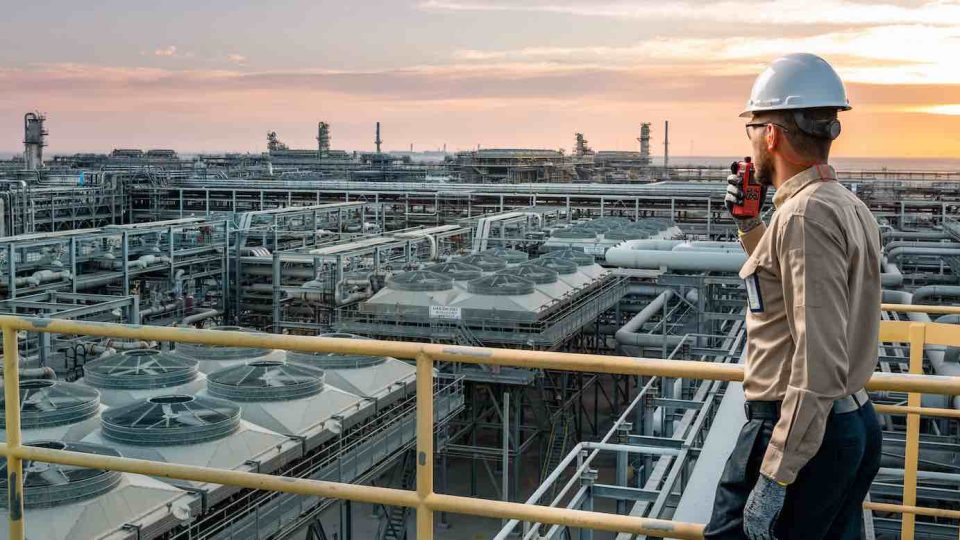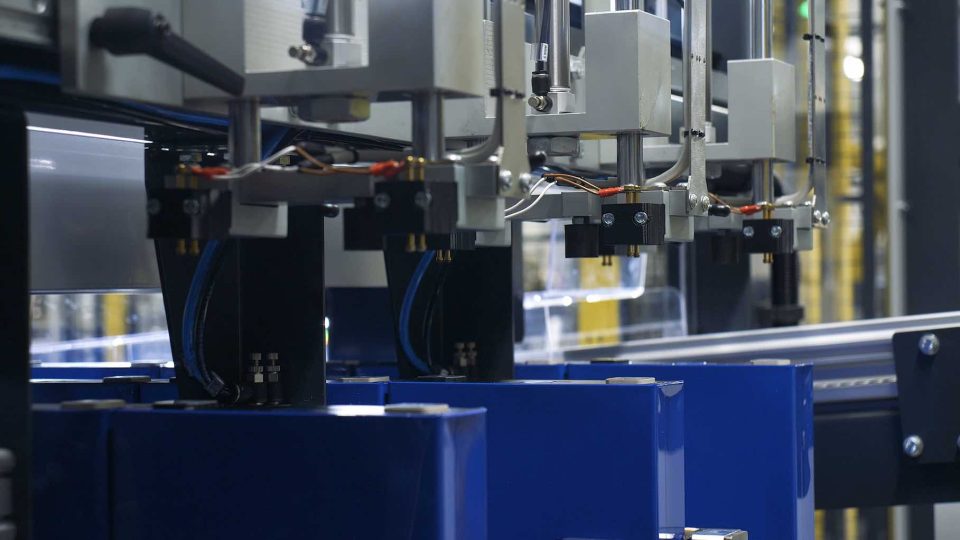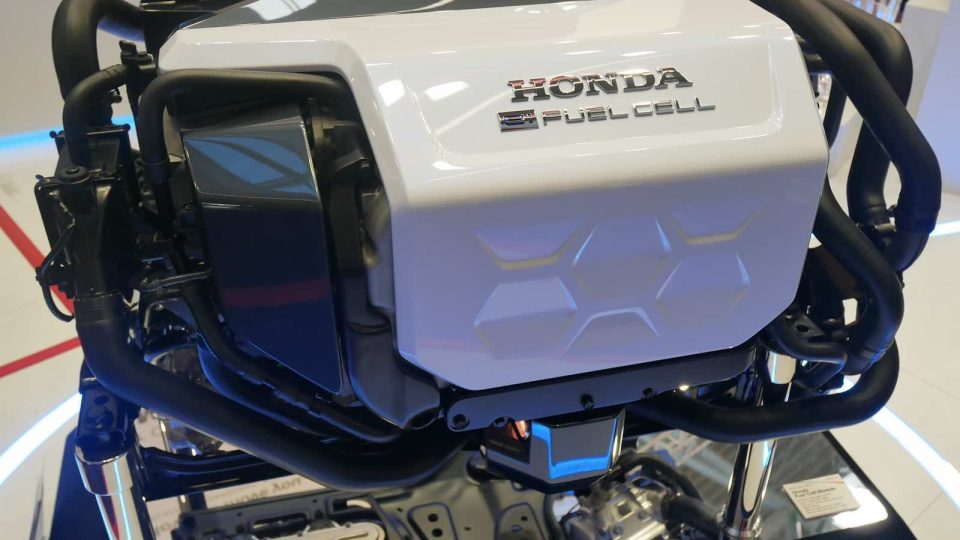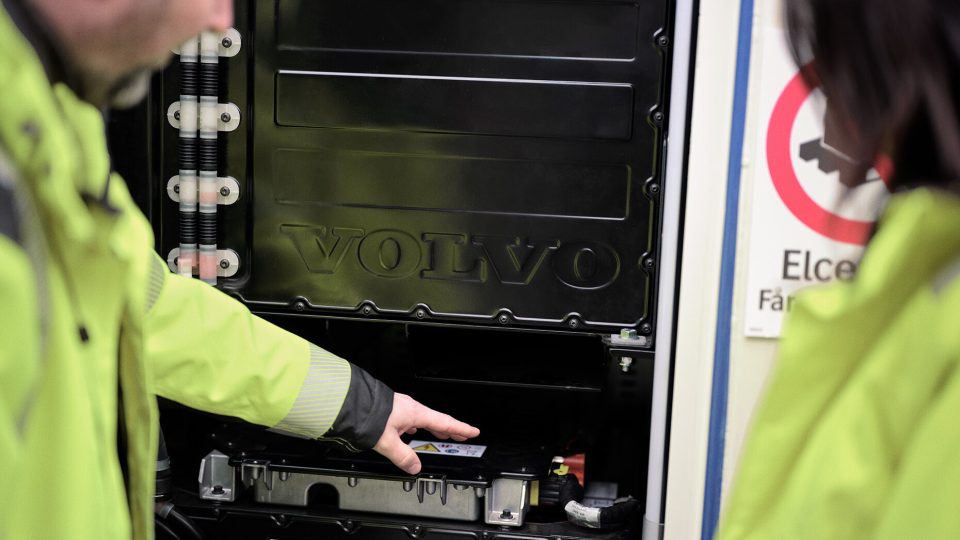Not only ICEs. Geminiani looks at electrification
Internal combustion engines still remain the core business for the Italian engineering specialist Geminiani. However, the concept of electrification is getting increasingly familiar for the company’s system engineer. We made some questions to Massimo Geminiani. Here you can find an excerpt of the interview, while the full article is available on page 30 of Diesel […]
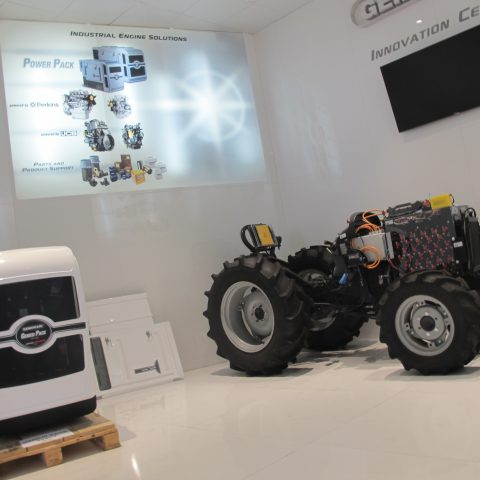
Internal combustion engines still remain the core business for the Italian engineering specialist Geminiani. However, the concept of electrification is getting increasingly familiar for the company’s system engineer. We made some questions to Massimo Geminiani. Here you can find an excerpt of the interview, while the full article is available on page 30 of Diesel International 1/21.
An advanced system engineer, according to Massimo Geminiani
«An advanced system engineer is able to build a diesel-electric or full-electric system which not only manages the dialogue between motor and machine, but also makes a diesel engine, an electric machine, the electronics and application communicate with each other. Here, at Geminiani, we have the expertise and devices to deliver the complete package, I mean including the satellite system, the software and components 4.0».
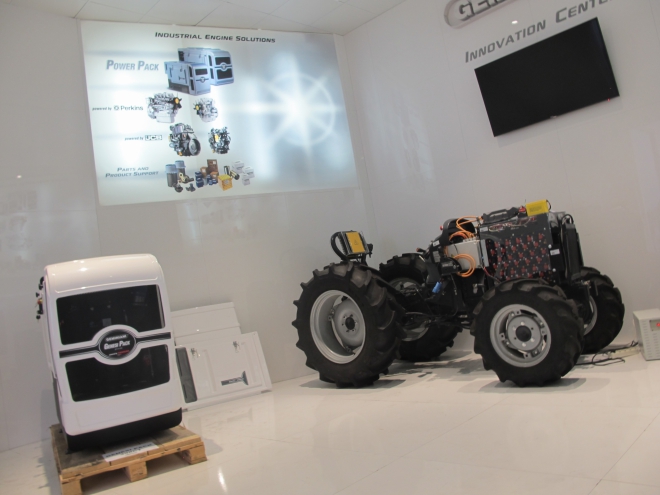
Who’s currently best prepared for the electric breakthrough, the OEMs in AG or CE?
We see first the agricultural sector, followed by the industrial one, and lastly the power generation industry. There is still confusion around stationary engines. The manufacturers haven’t got a clear idea of what Stage V means. It happens to see variable speed engines working at constant speed.
What is Geminiani’s core proposal?
The message we are conveying deals with the coexistence of hybrid and electric options on the same machine. It doesn’t make sense to classify a complete electrification as an ‘extreme’ solution, not anymore. If in the basic architecture the generator is used as a battery recharging system, but electric motors – suitable for the specific use – are positioned downstream, it means that in the hydraulic pumps, as well as in the entire architecture of the downstream machine, it is possible to add a battery pack and remove the generator. At this point, the machine can be defined as a fully electric one. An operation that makes sense in relation to the loads.




